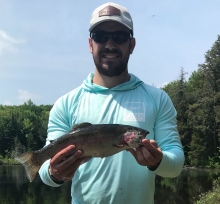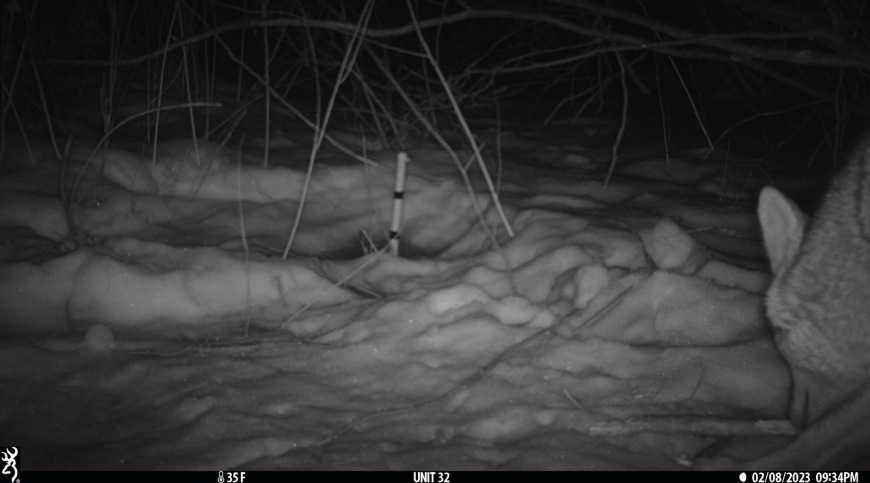
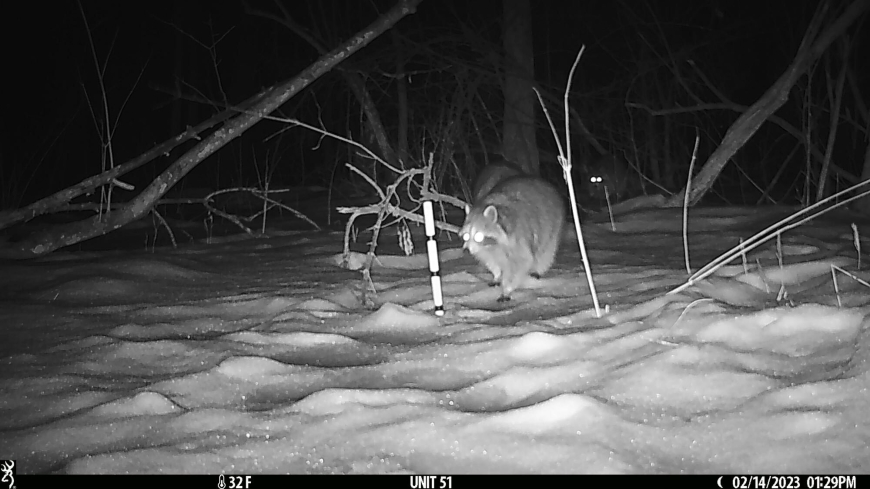
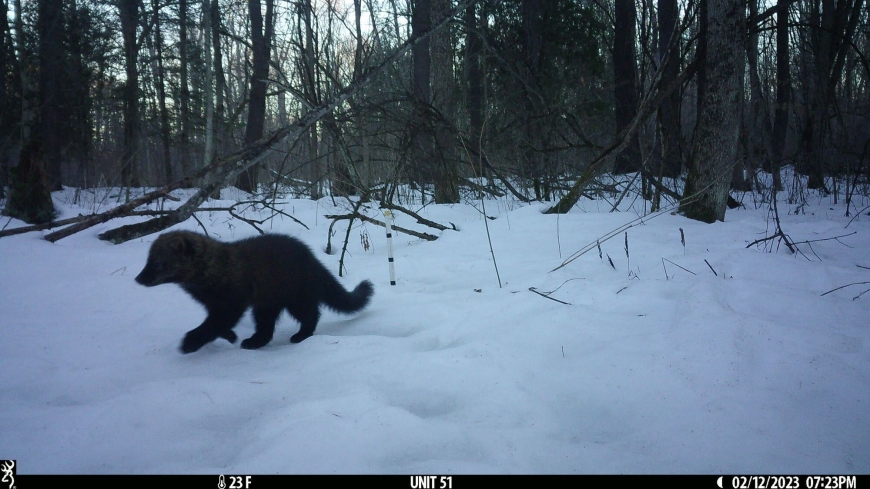



Where are the porcupines on the St. Lawrence University Kip Tract?
Growing up I enjoyed outdoor recreational activities from hunting and fishing to hiking and camping. I was introduced to these activities by listening to stories my father and grandfather told me about all the wildlife they experienced. As I walk through the same forests, it feels underwhelming compared to those stories. The question I have now is, what happened?
As our global population grows, we continue to have effects on the non-human environment. One of the most significant effects is on biodiversity. Biodiversity is the variety of all living things and how each species interacts with one another. Biodiversity can be looked at on different scales: globally, regionally, or even locally. Biodiversity can have different meanings in different types of academic fields. In this series of blogs, we are going to focus on the conservation biology definition. Using the conservation biology definition, we can look at biodiversity globally, regionally, or locally using compositional biodiversity, structural biodiversity, and functional biodiversity. Compositional biodiversity looks at what species make up the area we are looking at. Structural biodiversity looks at how many of each species are present. Functional biodiversity focuses on what are the processes that occur between these different species. Studies have begun to show humans are causing a biodiversity crisis by increasing the rate at which extinctions occur, compared to normal extinction rates. Present-day extinction rates are around 4 species per year, double the normal extinction rate. Extinction, in general, is good because it can help lead to evolution which is how species have survived on Earth for so long.
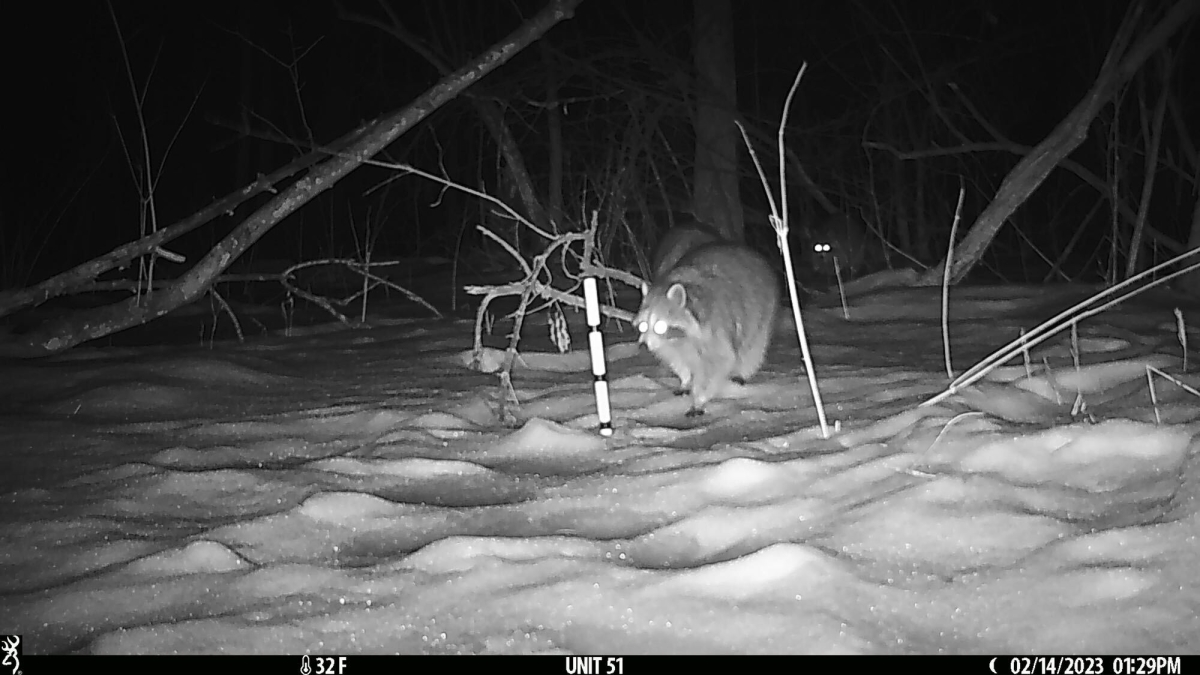
A raccoon investigates a scale bar in front of a game camera.
The leading causes of biodiversity loss are habitat destruction, overhunting, invasive species, and pollution/climate change. Humans destroy a lot of habitats when building residential areas and roads, and by extracting natural resources. We need to be aware of the effects we cause if we destroy habitats because biodiversity is essential for our survival. Right now, there are almost 9 million different species on Earth, and there is still uncertainty about whether this number is a low estimate. Biodiversity provides us with benefits called ecosystem services. These services provide us with things like food, water, and oxygen! Losing a species to extinction can alter the communities it lives in because species rely on each other. Species going extinct can affect the relationship other species had with the now-extinct species. For example, if an owl hunts a certain species of mice and that mouse goes extinct, the owl will need to find a different food source or risk extinction itself. Extinction is especially concerning for areas that have endemic species. Endemic species are species that are found in only one location on the planet and nowhere else.
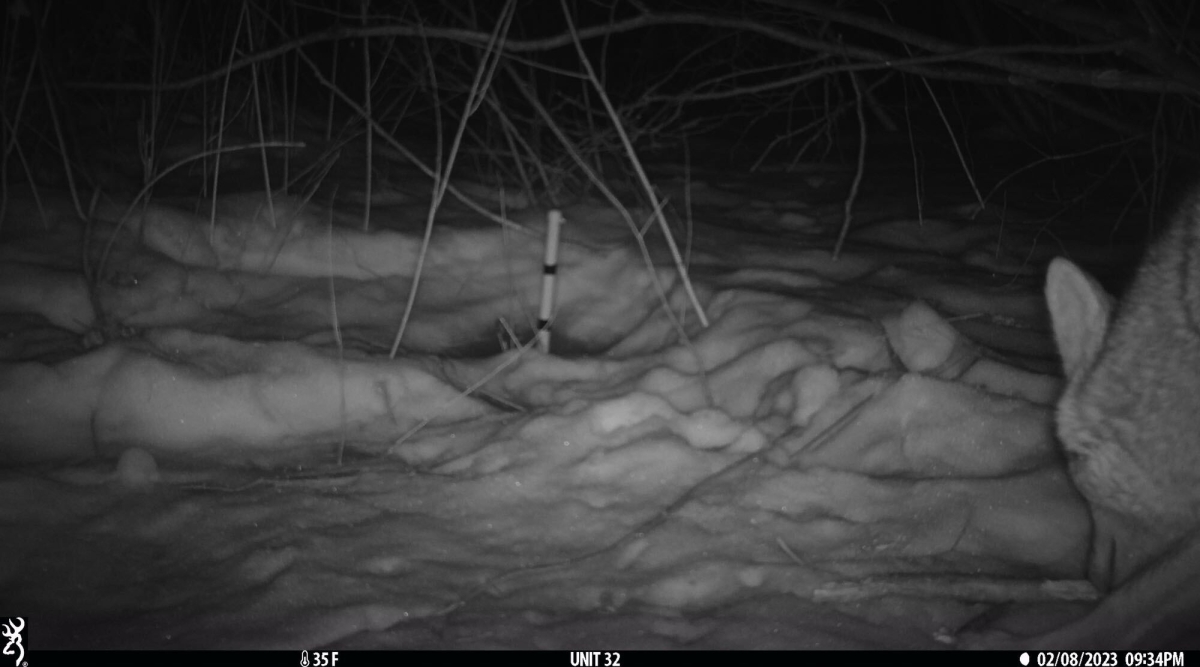
While not endemic to just our area, Coyotes like this one are a common sighting.
We are lucky to have so much biodiversity here in the North Country. The regions biodiversity is why I loved growing up in the area, and why I chose to go to school here. We can experience the biodiversity here in different ways. Going on hikes, canoeing, fishing, or just being outside allows us to experience all the North Country has to offer. Although we are lucky, there is also some reason for concern. Since we live in such a rural area you might ask how we can affect biodiversity. Vehicular accidents with wildlife, trapping, logging, and sometimes hunting, are ways we can negatively impact the local biodiversity. There were close to 35,000 animal-car collisions in 2020, and St. Lawrence County was the sixth-highest county for these accidents. However, these are just the cases that are reported! There are also natural reasons for a decrease in local biodiversity. Predation and competition can cause decreases in the number of individuals in a population. Predation can be positive for populations, but if a predator hunts too many of a particular species, then the preyed population may not be able to recover and could go extinct. Could this be why there is a decline in porcupine populations?
Why porcupines?
Porcupines are herbivorous mammals that are common throughout northern North America. The North American porcupine is covered in quills that it uses as protection against predators, with nearly 30,000 quills on one porcupine! Porcupines love trees which is where they spend most of their day eating but will find a den or even a hollow tree to live in.
Many people view porcupines as pests. Quills can get stuck in pets and people which is one reason why porcupines get a bad reputation. Porcupines also like to chew on wood, which can damage wooden structures, wooden tools, or even wood carving sculptures. Porcupines are often shot, trapped, or poisoned because landowners are unaware of the importance porcupines have to the North Country ecosystem.
Porcupines provide ecosystem services like trimming trees. The North Country is full of hunters, and porcupines help them by trimming branches of trees that hunters cannot see through. Being a hunter myself, being able to see in the woods is beneficial to my success! Trimming trees also keep the ecosystem healthy. The fallen branches can provide a habitat for other species on the ground, like microorganisms that rely on debris on the forest floor. These branches can also be picked up by species that use twigs and branches for nests! If a porcupine trims a branch of a fruit tree, the fruit can fall to the forest floor where deer can eat the fruit. Porcupines feed on other plants as well, not just wood. By feeding on other plants they are able to disrupt the dominant species and allow other species to grow which increases the local biodiversity.
Being an herbivore, porcupines provide food for carnivorous predators. However, few predators go for a porcupine due to its outer coating of quills. If a predator is stuck with a quill in its body, the quill can make its way to vital organs and kill the animal. Fisher are the main predator of porcupines. Fishers can help keep porcupine populations in check. When fishers were absent from the environment in the 1930s, porcupines had 5 offspring per female. When fishers made a comeback, females had 1 or no offspring in their lifetime because of the stress fishers put on porcupines. Fishers are able to flip porcupines onto their backs, which leaves the porcupine’s stomach unprotected. If porcupines were removed from the area, not only would fishers disappear but the vegetation porcupines eat would be left to grow endlessly with nothing to keep those species in check. Removal of porcupines would decrease the biodiversity of both vegetation and predators in North Country ecosystems. There is a growing concern that porcupine numbers have begun to decline in the North Country.
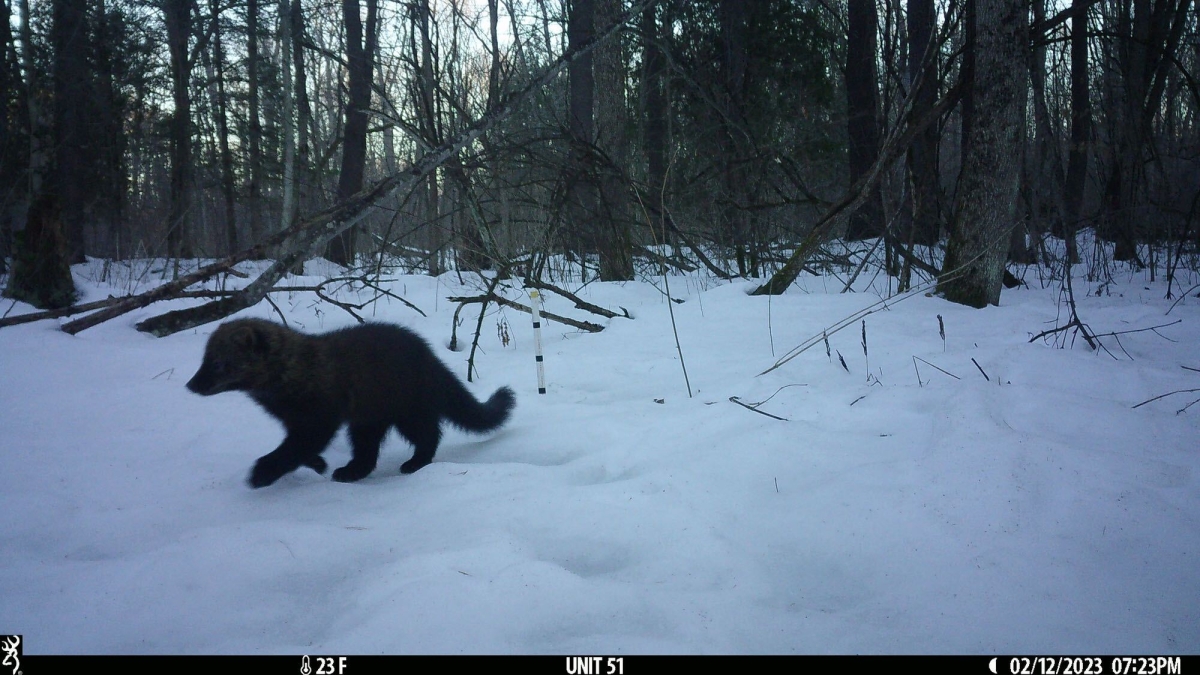
Photo of fisher on the Kip Tract, perhaps in search of tasty porcupines!
My Concern for the Kip Tract
I am studying conservation biology at St. Lawrence University which has drawn me to the concern for porcupines in the North Country. I will be looking at the porcupine population on the Kip tract, a property owned by St. Lawrence University and bordering the main campus. The Kip tract is home to a diverse array of life. However, there is a growing concern about the porcupine population along the Kip tract. There have been increased sightings of fishers in the area, which prey on porcupines. My goal is to find out if the porcupine population has declined, and what habitat they are in. I divided the Kip tract into 4 habitats: Deciduous, Evergreen, Flood Plain, and Mixed Deciduous. I put camera traps in each habitat and will check them periodically. My hope is the cameras will show me that it is not too late for porcupines, and one day I can tell my kids stories about the abundant wildlife I experienced.

